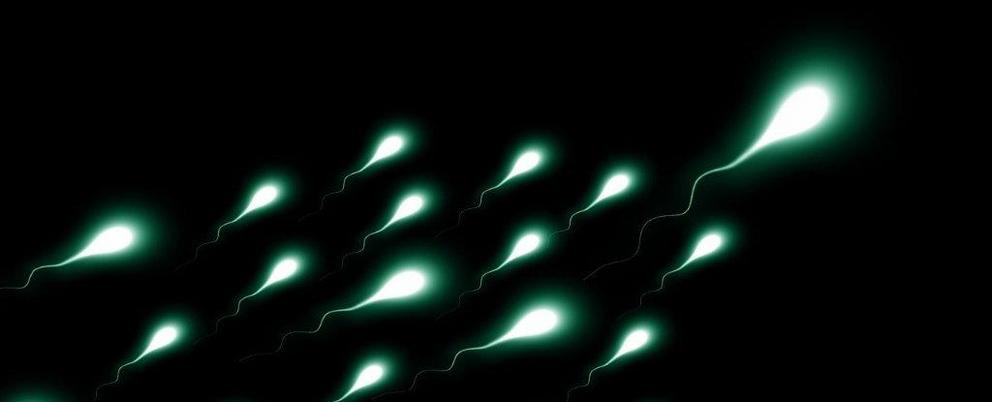The first frozen sperm samples exposed to microgravity have survived
If we're serious about perpetuating the human race off our home planet one day, a human sperm bank would come in handy. While fresh sperm samples have sustained some damage under space conditions, a small pilot study now suggests frozen sperm are unperturbed by bursts of microgravity.
To create such a condition, a small aerobatic training aircraft took ten frozen samples of sperm for a ride. Rising up and then diving down to Earth 20 times, these parabolic manoeuvres created moments of microgravity that lasted for roughly eight seconds a piece.
The sample size for this experiment is really small, and these aren't exactly the same conditions you'd get in space proper. Still, when the samples were brought back down for analysis, the researchers found no difference between the microgravity sperm and the control group samples left on Earth.
The results have many talking about all-female astronaut crews repopulating new worlds, which is not as gimmicky an idea as you might think at first.
Females, the argument goes, are on average physically smaller and need up to 25 percent fewer calories per day than males; they also appear to suffer less from spaceflight, and, most importantly, they are the only ones who can give birth to new human beings.
As science journalist Nadia Drake puts it in a recent National Geographic piece, "why send men when you can send just their contributions to the next generation, collected and cryopreserved in tiny vials?"
But could this idea actually exit the realm of science fiction? The truth is, we are still years away from a solid answer.
While these latest results suggest that microgravity may not be a limiting factor for sperm in space, they don't address the issue of coping with space radiation, let alone prenatal development.
Performing the experiment during real space flight would answer some of these questions, but access to such methods is limited.
Ongoing studies on freeze-dried mouse sperm suggest the possibility of a space-based sperm bank for at least some mammals. After nine months in space, the mouse sperm was somewhat damaged by intense radiation, but still showed no overall difference in structure. What's more, it produced healthy mice here on Earth.
But these are only mouse models, which don't always translate to human reality. While the new research is some of the first to extend this research to human sperm, the lead author Montserrat Bouda flags that the results are preliminary and need to be validated with larger samples and longer periods of microgravity.
"But we do need to know," she says. "If the number of space missions increases in the coming years, and are of longer duration, it is important to study the effects of long-term human exposure to space in order to face them.
"It's not unreasonable to start thinking about the possibility of reproduction beyond Earth."
A sperm bank in space would allow for genetic diversity, the ease of artificial reproduction, and yes, maybe even an all-female crew.
The research was presented at the 35th Annual Meeting of ESHRE.

